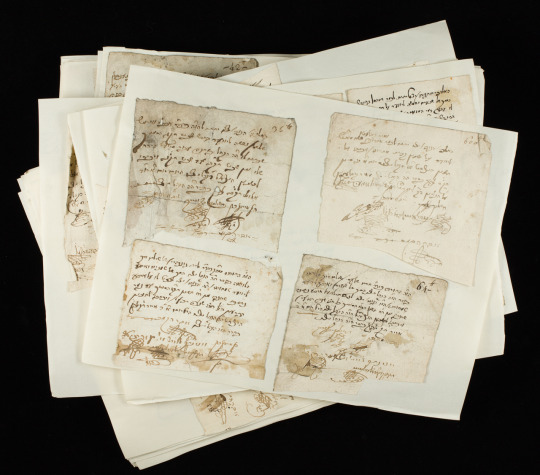By Dong Eun Kim, Head Conservator
Post 1
What is it that attracts us to certain objects? What makes
one artifact more compelling than another? These answers can often be obvious,
but occasionally an object can take us on a winding journey before it reveals
the secret to its appeal. This was our experience with the Leo Baeck
Institute’s Metz Jewish Community Collection.
As a conservation lab serving the collections of five
separate organizations, the Werner J. and Gisella Levi Cahnman
Conservation Laboratory sees a diverse range of objects – some filled with sentimental significance,
others have relevance to the history of art, still others specific to the
history of a people. Occasionally an object is just an aesthetic or intellectual
curiosity.
In theory, these elements are largely immaterial to the
conservator. Our role is only to
preserve and protect the object so that it may continue to provide value into
the future. In practice,
however, we often must learn the entire story of an object, in order to know
best how to treat it. This can lead to some fascinating exploration, and in the
case of this collection, the understanding that we are conserving something
particularly important, culturally and historically.
When we first received the Metz Community Collection, it
appeared to be a somewhat unremarkable collection of documents, detailing some
small element of life in the period.
The collection consisted of 3 folders containing 200-plus
scraps of 18th century writings, hand-written in French and Hebrew,
that were difficult to read.

Metz Jewish Community Collection,
1700-1799. Leo
Baeck Institute ArchivesPhoto credit: Shayna Marchese
There was something captivating in these artifacts that none
of us could quite identify, yet we all felt it. We knew there was something
special here, and in our pursuit of a strategy for proper conservation, we were
about to wander through a series of interesting but ultimately fruitless paths
before finding the answer to a compelling mystery.
Why are we so drawn to certain objects? A conservator’s
privileged role often insists that we find the answer. In an effort to share a window
into that role, this series of blog posts will illustrate the journey we’ve
taken in the process of investigating these artifacts, and what makes them so
important.

